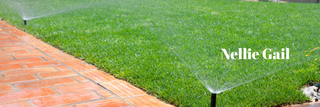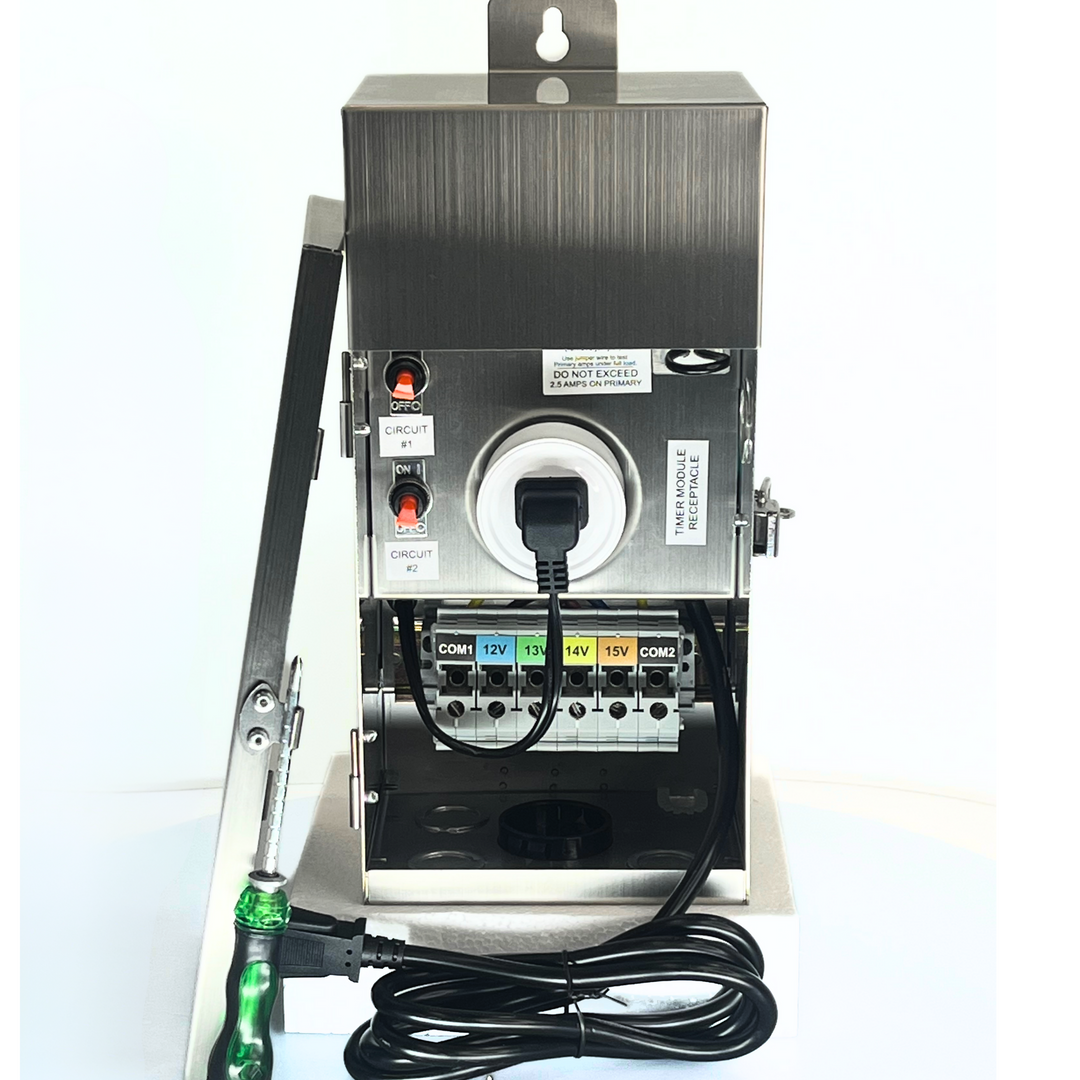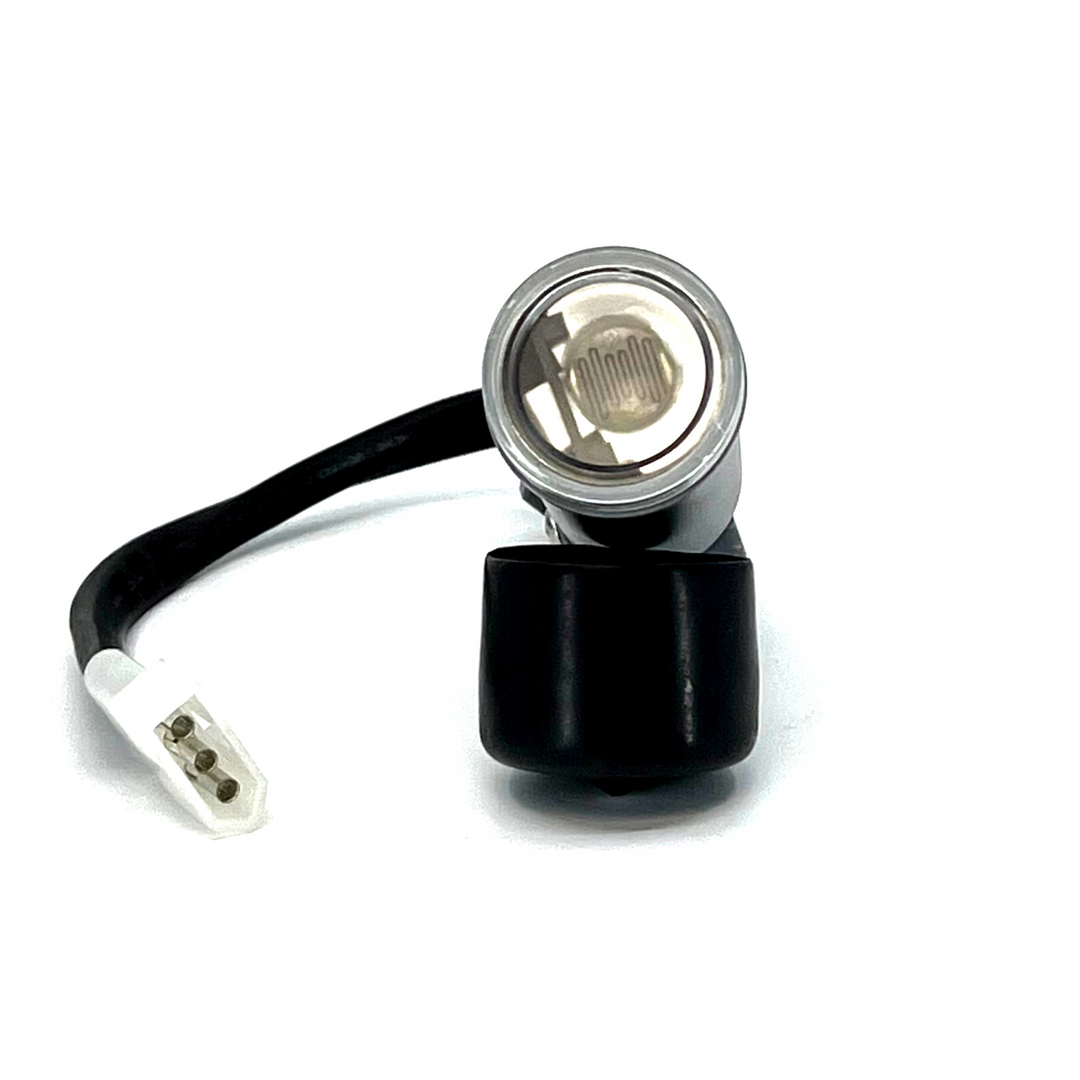
Sustainable Watering Techniques for 92861 Homeowners
|
|
Time to read 6 min
Homeowners in the 92861 area (Villa Park), nestled in the heart of Southern California, face a unique challenge when it comes to water use. With prolonged drought conditions, seasonal water restrictions, and a delicate natural environment, it’s no longer just a good idea to conserve water—it’s a necessity. Water scarcity isn’t just a global issue; it’s a local concern that affects every resident.
Sustainable watering practices can significantly ease the pressure on limited resources while supporting healthy landscapes and gardens. They also lead to lower water bills, fewer penalties for overuse, and the satisfaction of contributing to environmental responsibility. By making thoughtful choices about how, when, and what we water, 92861 (Villa Park) homeowners can make a measurable difference in both their communities and their ecosystems.
Understanding 92861 (Villa Park) Local Climate and Soil Conditions
The 92861 region experiences a Mediterranean climate characterized by hot, dry summers and mild, wetter winters. Annual rainfall is low, averaging only a few inches, with most of it concentrated in a short winter window. This seasonal drought pattern means irrigation is essential during the hotter months, but must be applied with care to avoid waste.
Local soil conditions vary across neighborhoods, but many properties feature clay-heavy or sandy soils. Clay tends to retain water longer, which can lead to overwatering and root rot if not monitored. Sandy soils, on the other hand, drain quickly and require more frequent irrigation. Some areas benefit from loamy soil, which balances retention and drainage well, making it ideal for water-wise gardening.
Understanding your yard’s specific soil type and how it interacts with temperature and precipitation can help homeowners plan more effective watering routines. Soil testing and visual monitoring can help determine how often to irrigate and how much water plants truly need.
Efficient Residential Watering Techniques
Drip Irrigation: Precision at the Root
Drip irrigation is one of the most effective ways to deliver water to plants, especially in dry regions like 92861. This method involves a system of tubing and emitters that release water slowly and directly to plant roots. Because it delivers moisture exactly where it's needed, it significantly reduces evaporation and runoff—two major sources of water waste in traditional sprinkler systems.
Installation of a drip system can range from simple DIY kits for smaller gardens to more complex setups for larger landscapes. It's important to check for clogs or leaks regularly, as debris buildup can hinder the flow. With proper maintenance, drip irrigation provides consistent moisture to plants, encouraging deep root growth and healthier vegetation overall.
Rainwater Harvesting: Capturing a Precious Resource
Even though rainfall is limited in 92861, collecting and storing it can still be a valuable strategy. Rainwater harvesting typically involves setting up barrels at the base of downspouts to capture roof runoff during the rare but significant rain events. This water can then be used to irrigate gardens, top off landscape features, or support drought-tolerant plants.
Systems can be as basic as a single rain barrel or as advanced as multi-barrel collections with filtration and overflow controls. Homeowners who take advantage of the wet season by harvesting rainwater find themselves less reliant on municipal supplies during dry months. It’s a simple yet impactful way to stretch available resources further.
Smart Irrigation Systems: Technology-Driven Efficiency
Smart irrigation systems offer a high-tech solution for sustainable watering. These systems use data from weather forecasts, soil moisture levels, and plant needs to automatically adjust watering schedules. For homeowners in 92861, this can mean significant savings and reduced environmental impact without sacrificing garden health.
Some systems are programmable through mobile apps, allowing users to monitor and control their watering remotely. Others adjust in real-time based on rainfall or temperature. These systems take the guesswork out of irrigation, ensuring that no water is wasted on rainy days or during cooler periods when plants require less hydration.
Landscaping with Native and Drought-Tolerant Plants
One of the most effective ways to reduce water consumption is by choosing plants that naturally thrive in 92861’s environment. Native plants have adapted to local conditions over thousands of years and require minimal irrigation once established. Drought-tolerant species also perform well, especially during prolonged dry spells.
These plants typically have features like deep root systems, waxy or fuzzy leaves, and low growth rates, all of which help them retain moisture. Integrating them into the landscape not only saves water but also supports native wildlife, including pollinators like bees and butterflies.
Thoughtful plant selection is just the beginning. Grouping plants with similar water needs together, also known as hydrozoning, makes irrigation more efficient. Designing landscapes in layers—such as using groundcovers, shrubs, and shade trees—also helps retain soil moisture and reduce surface evaporation.
Watering Practices That Maximize Efficiency
Optimal Timing and Frequency
Timing is critical when it comes to sustainable watering. In hot climates like 92861, the best time to water is early in the morning, typically between 4 a.m. And 9 a.m. During this window, temperatures are lower, and wind is calmer, allowing more water to penetrate the soil rather than evaporate. Evening watering is another option, though excess moisture overnight can promote plant diseases in some cases.
Watering frequency depends on several factors: plant type, soil composition, and current weather. A general rule is to water deeply and less frequently rather than giving plants shallow waterings every day. This encourages deeper root growth and makes plants more resilient to heat and drought.
Signs that plants are getting the right amount of water include vibrant leaves, firm stems, and consistent growth. Yellowing leaves, soil that stays soggy, or visible wilting could signal the need to adjust the schedule.
Mulching: Locking In Moisture
Mulch is a natural ally in any sustainable watering plan. It acts as a barrier between the soil and the air, reducing water loss through evaporation and helping regulate soil temperature. Mulching also suppresses weed growth, which further reduces competition for water.
Organic mulch options like bark, straw, or compost gradually break down and enrich the soil. Inorganic choices, such as gravel or rubber, can be effective in certain designs but don’t offer the same soil benefits. When applying mulch, keep a 2- to 4-inch layer around plants, being careful not to pile it directly against stems or trunks.
Combined with drip irrigation or rainwater harvesting, mulch multiplies the effectiveness of any watering strategy, making it an essential element in a sustainable garden.
Utilizing Community Resources and Following Local Guidelines
In areas like 92861, where water conservation is both a community and governmental priority, local resources can make a significant difference. Watering restrictions often limit irrigation to specific days and times. Staying informed and compliant not only helps conserve resources but also avoids potential fines.
Homeowners can benefit from community programs that offer rebates for replacing lawns with drought-tolerant landscaping or for installing efficient irrigation systems. Workshops and educational events hosted by local agencies provide valuable information tailored to the region’s unique climate and conservation needs.
Beyond individual efforts, there’s value in a collective commitment. Sharing knowledge with neighbors, participating in neighborhood garden tours, or joining conservation challenges can amplify the impact. A community that values sustainable watering creates a healthier, more resilient environment for everyone.
Reevaluating Lawn Size and Purpose
Traditional lawns often require large amounts of water to stay green, especially in arid regions like 92861. Rethinking the size and function of your lawn can dramatically reduce water use without sacrificing beauty. Replacing sections of turf with drought-tolerant groundcovers, decorative rocks, or native plant beds can lower maintenance needs while adding visual interest. Lawn areas that remain can be reshaped for specific functions, such as play zones or shaded relaxation spots, minimizing unnecessary watering.
Using Greywater Systems for Landscape Irrigation
Greywater—gently used household water from sinks, showers, or washing machines—can be a sustainable water source for landscape use. In 92861, where every drop counts, routing greywater to flower beds or trees (using appropriate systems and following local codes) provides an eco-friendly way to hydrate your garden. These systems should never connect to toilets or kitchen sinks and must be installed carefully to ensure safety and effectiveness. When used correctly, greywater can supplement irrigation and reduce overall household water consumption.
Monitoring and Adapting Over Time
Sustainable watering isn't a one-time setup—it’s an ongoing process. As seasons change, plantings mature, or new tools become available, homeowners should regularly assess their watering strategies. Smart controllers should be recalibrated annually, while rain barrels should be inspected for leaks or debris. Soil moisture should be tested periodically to confirm that irrigation is matching actual plant needs. By staying observant and flexible, homeowners in 92861 can maintain a thriving, water-efficient landscape year after year.
Building a Water-Wise Future in 92861
Adopting sustainable watering techniques is more than a responsible choice—it’s a smart investment in the future of the 92861 community. From understanding local soil and climate to installing efficient irrigation systems and choosing the right plants, every step toward water-wise landscaping helps protect precious resources. These small changes, when practiced consistently, can have a lasting impact on both your property and the environment around you. By staying informed, adapting your practices, and tapping into local support, you can create a beautiful landscape that thrives with less water and greater purpose.












